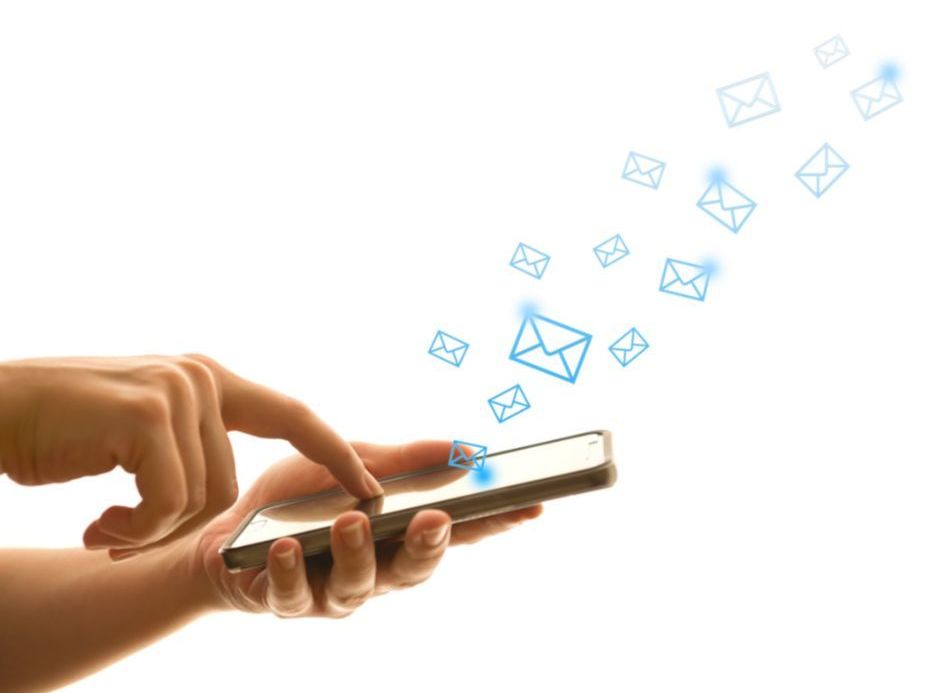Email Marketing Ideas for Business
Posted on 1st July 2022

Email Marketing campaigns are great ways to reach your audience directly and promote your service. Emails are personal, and people who have chosen to sign up to your lists are likely to listen to you. But where do you start? How do you get people to sign up? The process can take a long time to get right when you first start, but if you follow these tip’s you’ll begin to see your mailing list grow quicker than you would if you were figuring everything out for yourself. Let’s take a look at the ways you can create a successful email marketing campaign for your business.
Firstly, you need to grow your email list. You can do this by asking for people to sign up when they enter your website for the first time, and offer potential discounts for their first purchase. Many companies do this in order to retrieve someone’s email, and increase sales. You can create a private Facebook group and ask for people to give their email on the questions you ask when they request to join so you can contact them, but make it optional. On Instagram, show snippets of content people might receive if they sign up to your email, and direct them to a link in your bio so they can join your mailing list.
Make whatever it is that you’re promoting attractive to your audience, in order to get them interested. ‘Lead magnets’ such a quizzes and surveys, free trial offers or answering questions from specific demographics will see your mailing list begin to grow, as people may want to know more about the service that you’re providing.
You need to hook your audience with your email, so writing powerful and catchy emails and subject headings will likely see your traffic/open rate increase. Follow the ‘feature-benefit-hook’ model and you’ll be likely to see an increase in your email open rate. What’s the number one feature of the product you’re offering? What’s the benefit of that feature? What’s the hook of that benefit? Using hooks will make your sales messages more powerful, as people will understand what you’re advertising and will have an incentive to check it out or purchase whatever it is you are selling.
Emails should be done in stages. When someone signs up, an automatic response thanking them for joining your mailing list will ‘warm up’ the audience, and make them feel recognised. Then use a lead magnet to get them more engaged. If they continue with this engagement, then you have to decide whether to continue sending them mail. Remember to change your product or the content in your email from time to time to keep people interested and opening their emails from you. Check on your audience if they stop engaging to ask if they still want to receive mail. This might remind them that they’ve signed up to your list and gives them an option to stick around or unsubscribe. This will help you as you won’t then have to keep chasing people who don’t want to receive your mail anymore.
Many businesses make the mistake of offering services for free in order to drive traffic and sales to their company, which leads the subscriber into a false sense of thinking your products are consistently free. When you begin to charge your audience for this, they’ll wonder why a service that started out as free is suddenly now something they’re required to pay for. If you let your audience know your intentions straight away, they won’t feel caught out when they find out they have to pay for a service.
When sending emails, keep checking to see how many people are opening it, and what the bounce rate is. This will give you the opportunity to fix any areas that need improving. You can segregate your mail between active engagers and non-active engagers, so that you don’t damage your deliverability level. Test your mail to see what inbox it lands in before you send it to your users, so you know it’s not going directly to their spam mail box.
When you’re sending mail, don’t go in and sell straight away. The person receiving your mail will want to feel like they have at least been considered. Don’t start by saying ‘Buy … today! Here’s the link!’ and leave it as that, as it doesn’t appeal to your audience. You need a good subject line, an introduction, a direction to your link and it’s ‘landing page’, such as your website. For the subject line, you can use different aspects to appeal to your potential customer. For example, you could try a deadline (Hurry! Only 3 Days Left to Claim Your Product), greed (Christmas is coming, so our product would be the perfect gift) or even fear (You won’t believe this has happened, but what can fix it?). Making someone open your mail is the first step to getting them to view the contents of it and click any links you may attach.
Emails are personal, so make your audience feel like they have that connection with you. Tell them about your past experiences in your sector and what you learnt. Build that relationship with your audience, and you’ll see them begin to engage more with you when that connection is developed. Engage with their interests.
Don’t attack or downplay other industries in your sector. If you’re a skincare brand, don’t mention other skin care brands products. Instead, look at beauty products and brands that may be harmful to the skin of your consumer, and say why your product will help with the problem that specific beauty product has caused. Offer solutions to the real life, every-day issues your audience is likely to face.
Keeping on top of your email system is important, but when you’ve found the right balance, you’ll begin to see your business thriving if you follow the tips mentioned. You’ll be able to directly contact a vast amount of people with one email, and the bigger your mailing list gets, the more results you’re likely to see. Create an email for your business today and start engaging with your audience in an alternative way to social media.
Need further advice?
Get in touch to discuss your specific requirements and see how we can help you grow your social media presence
Tel: 07963216248
Email: chris@chrislondononline.co.uk
Or join our online Facebook for Business Course by clicking here
Share this post:





